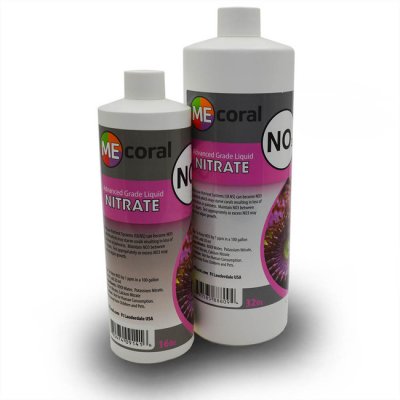- Joined
- Aug 7, 2017
- Messages
- 2,685
- Reaction score
- 3,900
Study reveals corals' influence on reef microbes
As they grow, corals are bathed in a sea of marine microbes, such as bacteria, algae, and viruses. While these extremely abundant and tiny microorganisms influence coral communities in a variety of ways, a new study reveals that corals also have an impact on the microbes in waters surrounding them.
www.sciencedaily.com



















